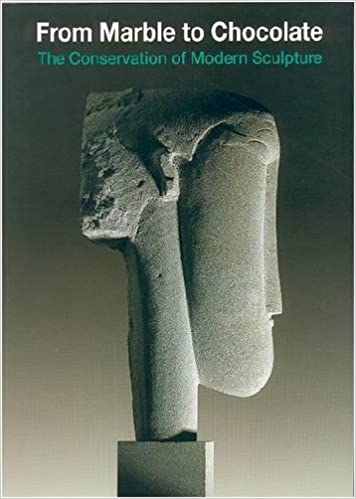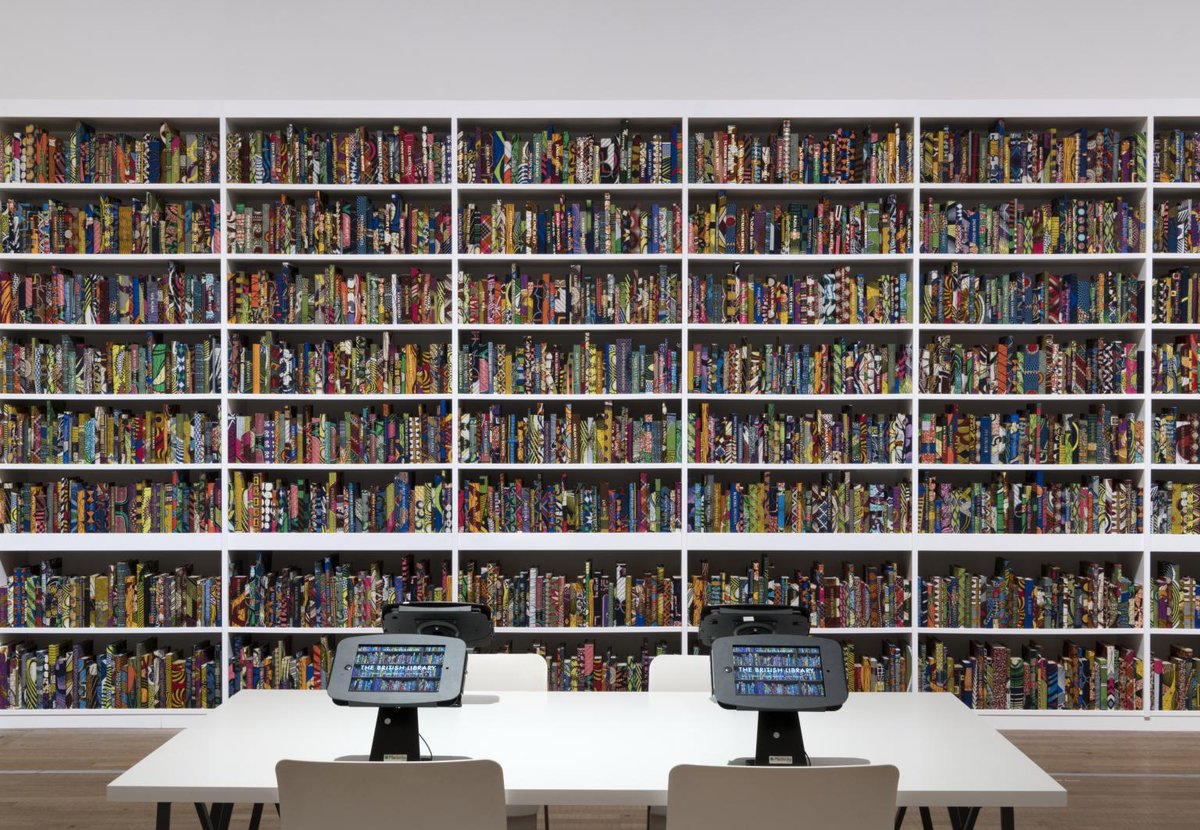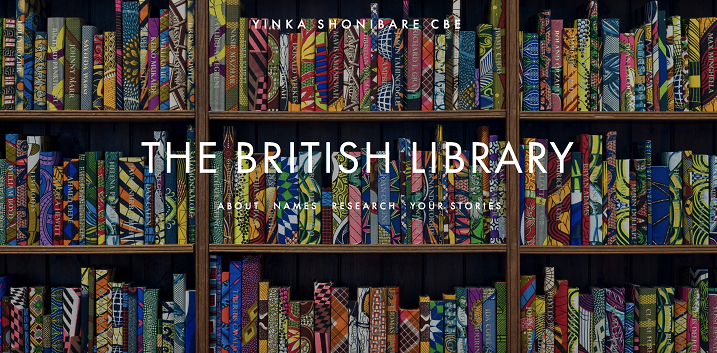Today is Friday (!) and the final day of our week dedicated to #ReshapingTheCollectible and the varied approaches researchers are taking in their work on the project https://www.tate.org.uk/research/reshaping-the-collectible.">https://www.tate.org.uk/research/... Today’s thread introduces the work of Hélia Marçal. 1/
Hélia Marçal is a researcher working within Tate’s Time-based Media Conservation team. Time-based media conservators are concerned with preserving works that unfold over time. These might use video, film, software or audio; they might be performances https://www.tate.org.uk/art/art-terms/t/time-based-media">https://www.tate.org.uk/art/art-t... 2/
Hélia’s recently published report starts with a brief history of contemporary art conservation, told through the many projects, conferences and networks organised since the 1990s. ‘Modern materials’ – film, tape, chocolate – were understood to require new tools and techniques. 3/
These materials also prompted conservators to consider their work differently. Conservation is ‘a social activity’ – conducted through conversation, and within a society and its structures. It also creates meaning, shaping what artworks are and how they’re understood. 4/
Split Yinka Shonibare’s The British Library into its constituent parts: 6,328 books, a website, the stories users share. These are sculptural, software-based, performative. Each asks for a different approach. How these are then applied affects what the work ‘becomes’. 5/
Through their interactions, artworks and conservation can be said to ‘become together’: they are ‘co-constitutive practices’. Shonibare’s work may be treated differently if it was entering a museum geared more to software than sculpture; and yet, it changes how Tate works. 6/
When Tate Modern re-opens, you can see Shonibare’s work; it’ll be on display until November 2020. For now, you can still explore the website that forms part of the work, whether by reading other people’s stories or sharing your own: https://thebritishlibraryinstallation.com/your-stories/ ">https://thebritishlibraryinstallation.com/your-stor... 7/
Hélia is also concerned with the ‘partiality of conservation’. She asks: ‘What are we excluding when we see an artwork in a given way, from a particular perspective?’ What futures could be possible were we to work otherwise, acknowledging and involving ever more perspectives? 8/
As conservators’ practice continues to reshape and be reshaped by artworks, Hélia emphasises the importance of conservation ethics. She calls for approaches that are inclusive and reflexive, tuned to the myriad ways that artworks ‘become’. Full report: https://www.tate.org.uk/research/reshaping-the-collectible/research-approach-conservation">https://www.tate.org.uk/research/... 9/9

 Read on Twitter
Read on Twitter





